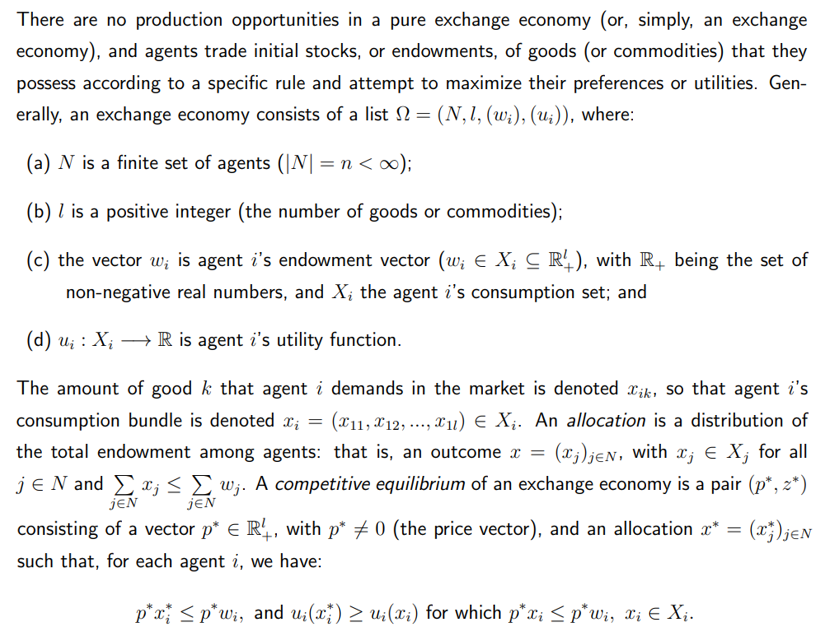New York Regulators Push Banks to Adopt Blockchain Analytics
New York’s top financial regulator urged banks to adopt blockchain analytics, signaling tighter oversight of crypto-linked risks.
The move reflects regulators’ concern that traditional institutions face rising exposure to digital assets. While crypto-native firms already rely on monitoring tools, the Department of Financial Services now expects banks to use them to detect illicit activity.
NYDFS Outlines Compliance Expectations
The notice, issued on Wednesday by Superintendent Adrienne Harris, applies to all state-chartered banks and foreign branches. In its industry letter, the New York State Department of Financial Services (NYDFS) emphasized that blockchain analytics should be integrated into compliance programs according to each bank’s size, operations, and risk appetite.
The regulator cautioned that crypto markets evolve quickly, requiring institutions to update frameworks regularly.
It stressed the need for banks to prevent money laundering, sanctions violations, and other illicit finance linked to virtual currency transactions. To that end, the Department listed specific areas where blockchain analytics can be applied:
- Screening customer wallets with crypto exposure to assess risks.
- Verifying the origin of funds from virtual asset service providers (VASPs).
- Monitoring the ecosystem holistically to detect money laundering or sanctions exposure.
- Identifying and assessing counterparties, such as third-party VASPs.
- Evaluating expected versus actual transaction activity, including dollar thresholds.
- Weighing risks tied to new digital asset products before rollout.
These examples highlight how institutions can tailor monitoring tools to strengthen their risk management frameworks.
The guidance expands on NYDFS’s Virtual Currency-Related Activities (VCRA) framework, which has governed crypto oversight in the state since 2022.
Regulators Signal Broader Impact
Market observers say the notice is less about new rules and more about clarifying expectations. By formalizing the role of blockchain analytics in traditional finance, New York is reinforcing the idea that banks cannot treat crypto exposure as a niche concern.
Analysts also believe the approach could ripple beyond New York. Federal agencies and regulators in other states may view the guidance as a blueprint for aligning banking oversight with the realities of digital asset adoption. For institutions, failure to adopt blockchain intelligence tools may invite regulatory scrutiny and undermine their ability to safeguard customer trust.
With crypto now firmly embedded in global finance, New York’s stance suggests that blockchain analytics are no longer optional for banks — they are essential to protecting the financial system’s integrity.
You May Also Like

Chris Burniske Forecasts Big Changes Coming to Cryptocurrency Market

BlockchainFX or Based Eggman $GGs Presale: Which 2025 Crypto Presale Is Traders’ Top Pick?
